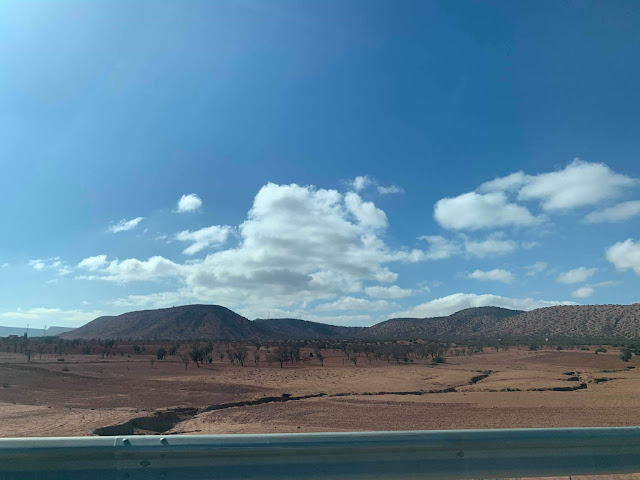The Virtual Water Nexus: Misleading Metaphor?

Week 6: The Virtual Water Nexus: Misleading Metaphor? Last week’s blog post introduced virtual water, the concept capturing the amount of water required to produce a product, or the volume of water integrated into our society but not in the form of water. In the blog a discussion was started about virtual water trade and how water stressed nations can reduce their water usage by being tactical with imports and exports ( Lillywhite, 2010 ). Essentially virtual water trade is about importing products that have large volumes of integrated or virtual water and exporting products that have low virtual water. Whilst the discussion was opened last week, it certainly wasn’t finished. This week I want to more critically analyse the concept of virtual water and the trade of it. I will specifically focus on the impact of the concept on agriculture in Africa. Whilst the blog will take a critical focus, it is important to note that there are multiple benefits of the concept...
